Galium mollugo
Galium mollugo whorled bedstraw
Most of us are familiar with the weedy rough bedstraw (G. aparine) that have scratchy recurved prickles on their stems and which stick to skin and clothing. Whorled bedstraw is related to these plants as part of the bedstraw or madder family, but this species has a smooth stem and small but showier flowers than some of the other related species.
This perennial is native to Eurasia but has spread widely across North America, being most abundant in the Northeast. It is documented in most counties of Western Pennsylvania and may now be present in all of them. It is currently not found in much of the Mid-West or the South.
Like the related species, smooth bedstraw has leaves in whorls at various points on its angular square stem. Like the cleaver, these leaves are usually 8 in number, but some whorls have only 6 or seven leaves. Each linear leaf is up to 1 inch long with a single prominent vein along the upper surface. This plant occurs mostly erect with an ascending stem that branches only near the top. It can grow up to 4 feet tall and may tangle with other vegetation. Without support from other plants it may sprawl. Multiple stems grow from the base of the plant.
The flowers are in loose clusters up to one foot long and very numerous. 2 small leaf-like bracts are often found at the base of each cluster. The small white flowers have 4 egg-shaped petals with both male and female reproductive parts. These fuse into a short corolla. There are two carpels and 2 styles. Each is less than ¼ inch in diameter. It blooms from June to mid-summer and lasts about a month. Each carpel then produces one seed that is convex on one side and concave on the other. Flies and small beetles are the most common pollinators, feeding on the small amounts of nectar that each flower can produce. The flowers are also self-fertile. The plant may also form colonies by underground rhizome growth.
The species is common in well-drained fields, hedges, wood edges and roadsides. It is classified as a noxious weed in Pennsylvania. It will grow in a variety of soil conditions and in open sun or partial shade. It is most common in disturbed areas and is often considered a weed. It has no known hazards but may crowd out farm forage crops.
The plant has a variety of uses in folk medicine, but none of these have been scientifically tested and may be risky. The leaves can be eaten raw or cooked, but some say the taste is not pleasant. A red dye can be extracted from the roots, but has limited usefulness.
Habitat & Range
Common in fields, roadsides, and wasteground.
Present throughout the state.
| EMP: | FACU |
|---|---|
| NCNE: | FACU |
Phenology
Flowers May to November.
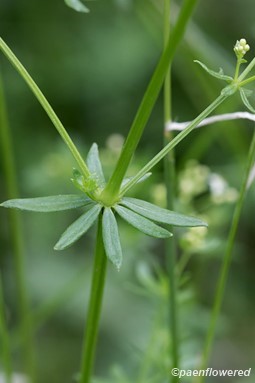
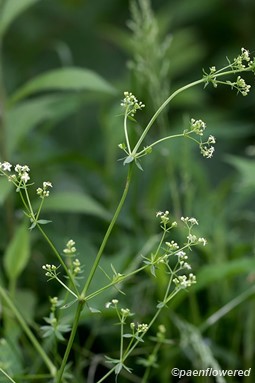
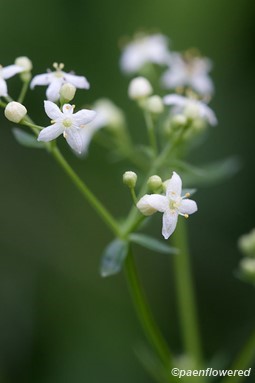
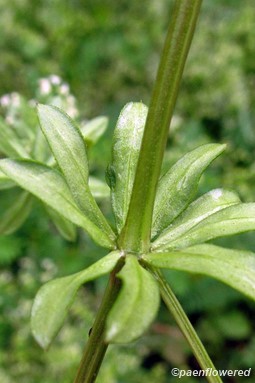
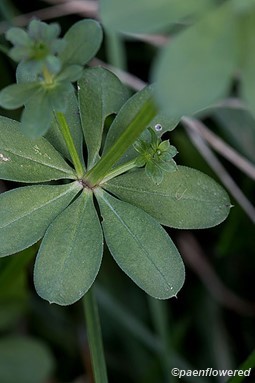
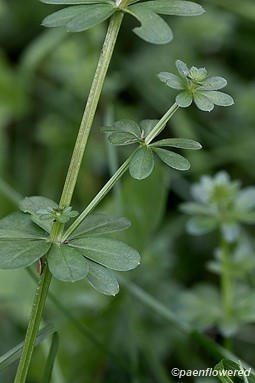










Comments
Have you spotted this plant in your area? We'd love to hear about your experience! Share your comments or questions about the plant below. Comments are moderated before posting.